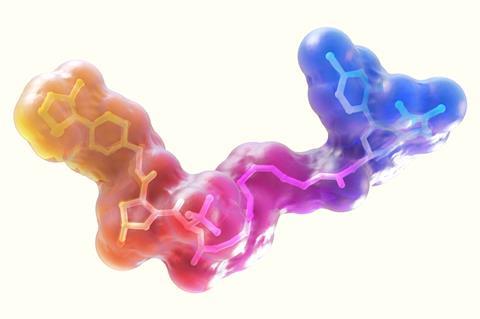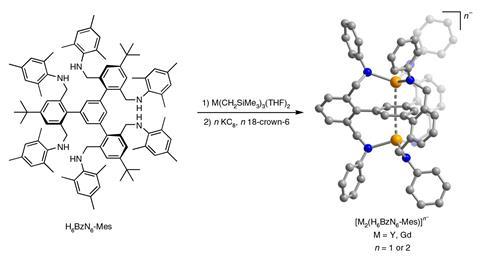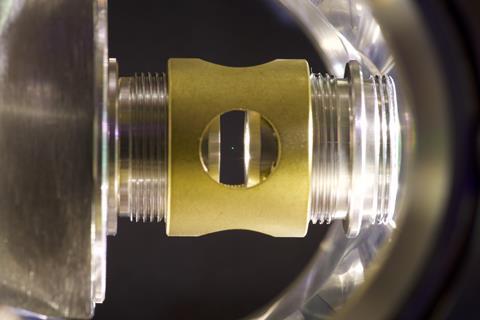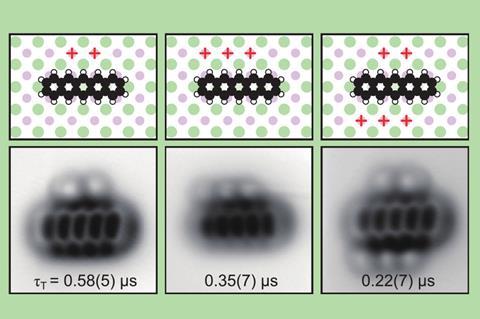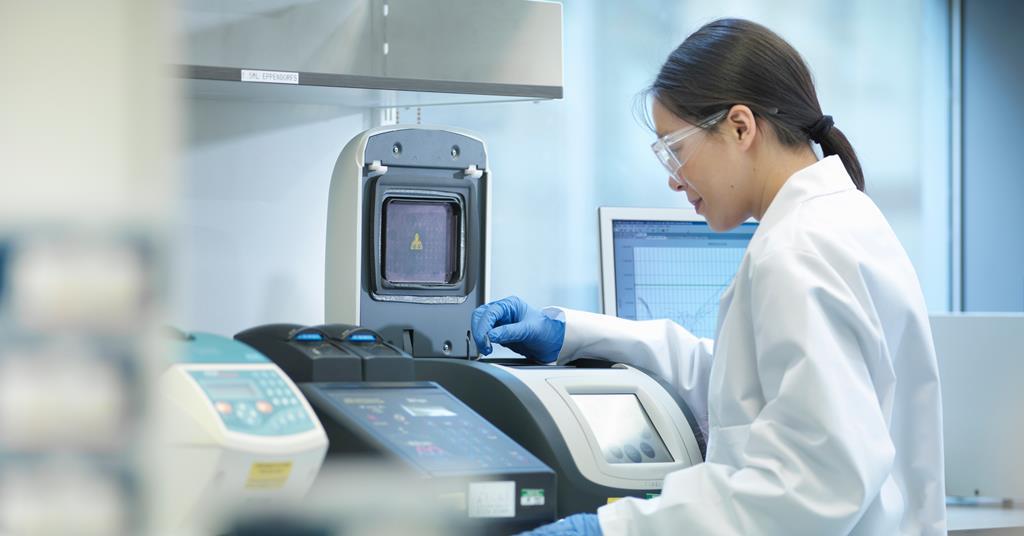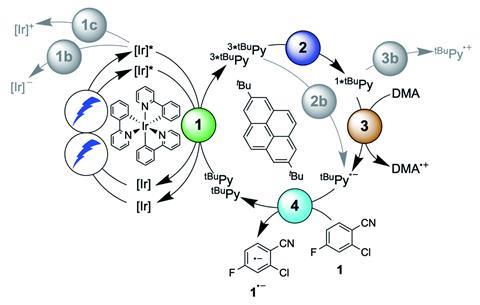An article in the Sunday Express, not a newspaper I would normally read in fact I would only ever use it as toilet paper in an emergency, starts thus: Former Supreme Court Judge Lord Sumption has condemned attacks on scientists who challenge “official wisdom” on Covid, comparing their critics to the “persecutors of Galileo”. A […]
Read More
